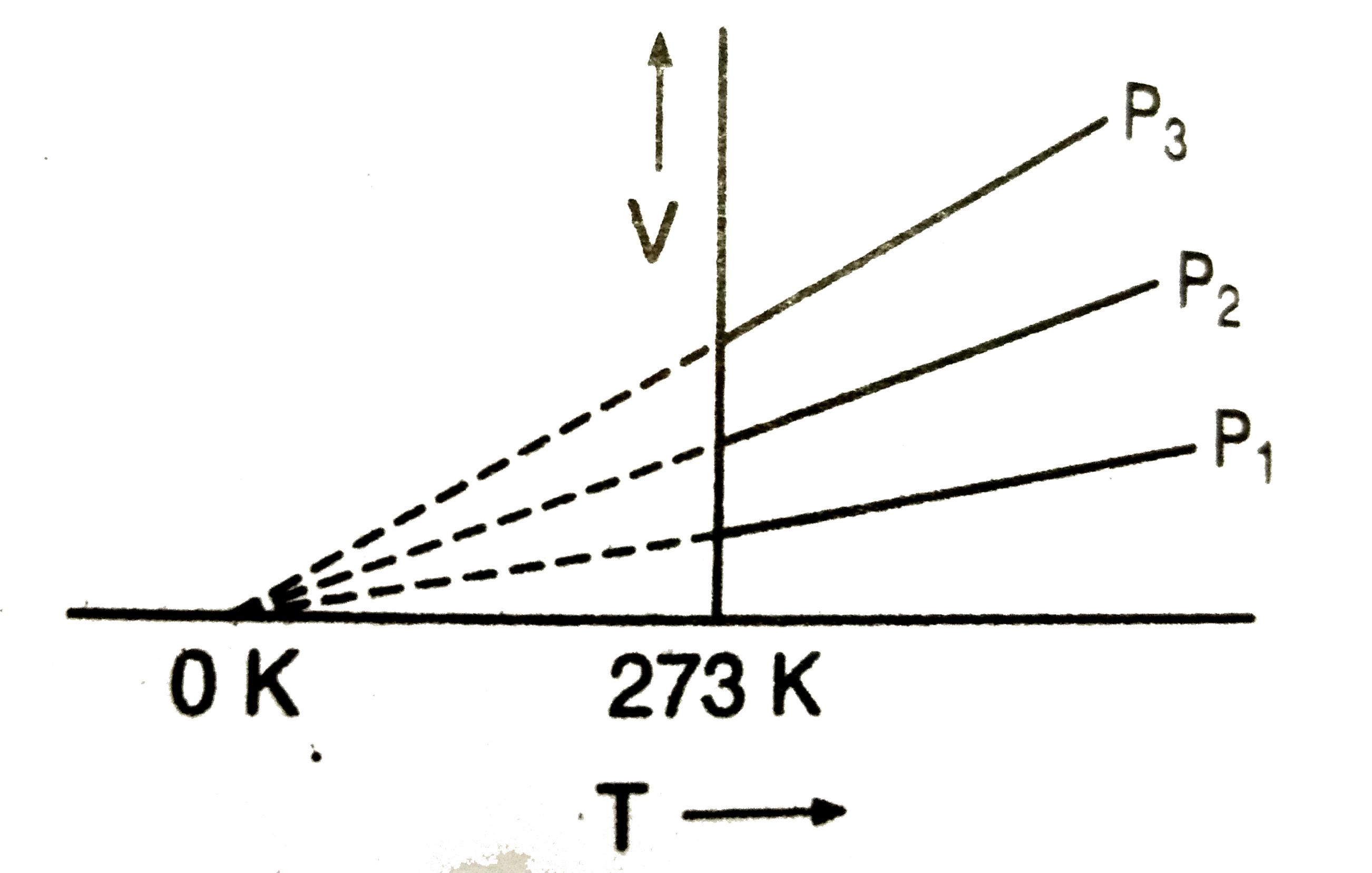Show that the volume thermal expansion coefficient for an ideal gas at constant pressure is 1T.
T
T2
1T
1T2
The correct Answer is:C
To show that the volume thermal expansion coefficient (γ) for an ideal gas at constant pressure is 1T, we can follow these steps:
Step 1: Write the definition of the volume thermal expansion coefficient
The volume thermal expansion coefficient γ is defined as:
γ=ΔVVΔT
where ΔV is the change in volume, V is the original volume, and ΔT is the change in temperature.
Step 2: Express ΔV in terms of differential change
We can express the change in volume in terms of a differential:
γ=dVVdT
Step 3: Use the ideal gas law
The ideal gas law is given by:
PV=nRT
where P is the pressure, V is the volume, n is the number of moles, R is the universal gas constant, and T is the temperature.
Step 4: Differentiate the ideal gas law with respect to time
Since we are considering constant pressure, we can differentiate the ideal gas equation:
PdV=nRdT
Here, P is constant, so we can rearrange this to find dV:
dV=nRPdT
Step 5: Substitute dV into the expression for γ
Now we can substitute dV into our expression for γ:
γ=dVVdT=nRPdTVdT
The dT terms cancel out:
γ=nRPV
Step 6: Substitute PV using the ideal gas law
From the ideal gas law, we know that PV=nRT. We can substitute this into our expression for γ:
γ=nRnRT
Step 7: Simplify the expression
The nR terms cancel out:
γ=1T
Conclusion
Thus, we have shown that the volume thermal expansion coefficient for an ideal gas at constant pressure is:
γ=1T
---
The volume thermal expansion coefficient γ is defined as:
γ=ΔVVΔT
where ΔV is the change in volume, V is the original volume, and ΔT is the change in temperature.
We can express the change in volume in terms of a differential:
γ=dVVdT
The ideal gas law is given by:
PV=nRT
where P is the pressure, V is the volume, n is the number of moles, R is the universal gas constant, and T is the temperature.
Since we are considering constant pressure, we can differentiate the ideal gas equation:
PdV=nRdT
Here, P is constant, so we can rearrange this to find dV:
dV=nRPdT
Now we can substitute dV into our expression for γ:
γ=dVVdT=nRPdTVdT
The dT terms cancel out:
γ=nRPV
From the ideal gas law, we know that PV=nRT. We can substitute this into our expression for γ:
γ=nRnRT
The nR terms cancel out:
γ=1T
Thus, we have shown that the volume thermal expansion coefficient for an ideal gas at constant pressure is:
γ=1T
Topper's Solved these Questions
- CALORIMETRY AND THERMAL EXPANSIONBOOK - RESONANCE ENGLISHCHAPTER - CALORIMETRY AND THERMAL EXPANSIONEXERCISE - Exercise-2
1 Videos
- CALORIMETRY AND THERMAL EXPANSIONBOOK - RESONANCE ENGLISHCHAPTER - CALORIMETRY AND THERMAL EXPANSIONEXERCISE - Exercie-3
1 Videos
- CALORIMETRY AND THERMAL EXPANSIONBOOK - RESONANCE ENGLISHCHAPTER - CALORIMETRY AND THERMAL EXPANSIONEXERCISE - Exercise-1
1 Videos
- CALORIMETRYBOOK - RESONANCE ENGLISHCHAPTER - CALORIMETRYEXERCISE - Exercise
19 Videos
- CAPACITORBOOK - RESONANCE ENGLISHCHAPTER - CAPACITOREXERCISE - Exercise
45 Videos
Similar Questions
If an ideal gas is heated at constant pressure :
View SolutionHeat supplied to an ideal gas sample at constant Pressure :
View SolutionShow that in an isothermal expansion of an ideal gas, a ΔU=0 and b. ΔH=0.
View SolutionShow that in an isothermal expansion of an ideal gas, a ΔU=0 and b. ΔH=0.
View SolutionThe volume-temperature graphs of a given mass of an ideal gas at constant pressure are shown below. What is the correct order of pressure ?

View SolutionCalculate q,w,ΔU, and ΔH for this isothermal reversible expansion of 1mole of an ideal gas from an initial pressure of 1.0 bar to final pressure of 0.1bar at a constant pressure of 273K.
View SolutionFor an adiabatic expansion of an ideal gas the fractional change in its pressure is equal to
View SolutionLet (Cv)and(Cp) denote the molar heat capacities of an ideal gas at constant volume and constant pressure respectively . Which of the following is a universal constant?
View SolutionWhat will be the work done for expansion of a gas from 1 lit to 10 lit volume agaist constant pressure of 1 bar?
View SolutionFor an ideal gas PT11 = constant then volume expansion coefficient is equal to :-
View Solution
